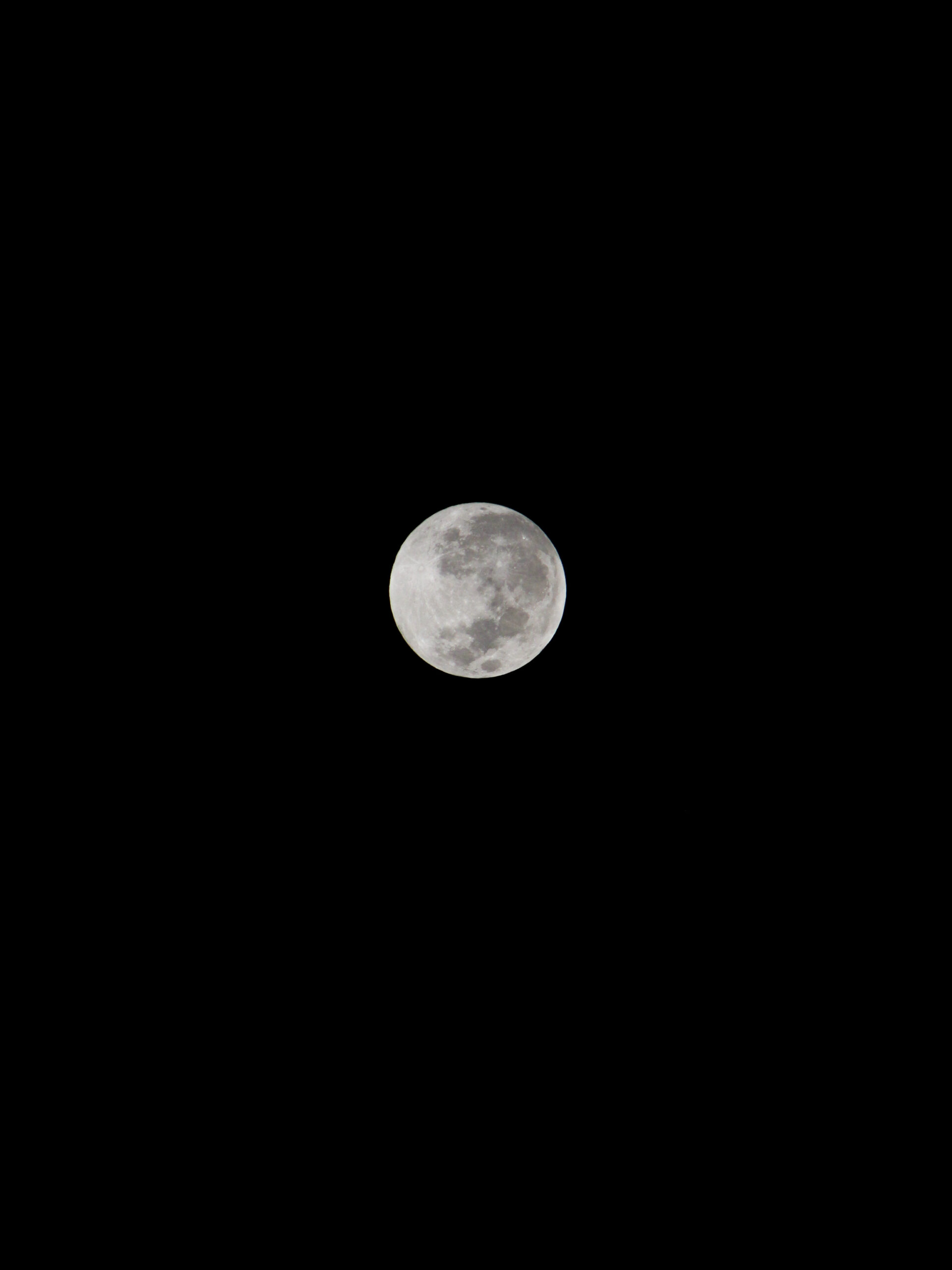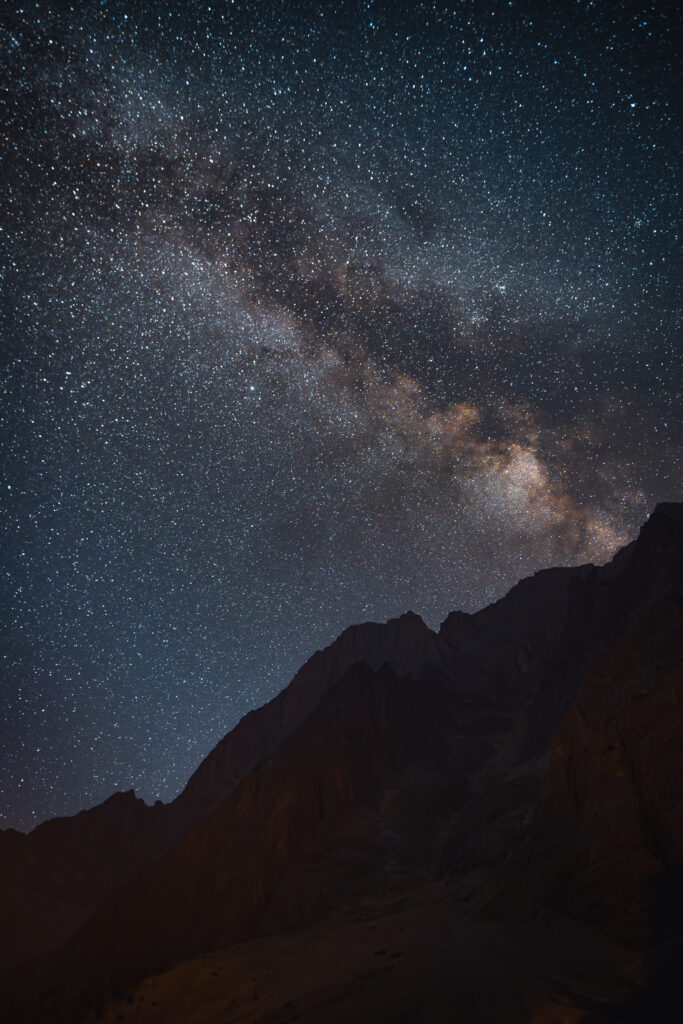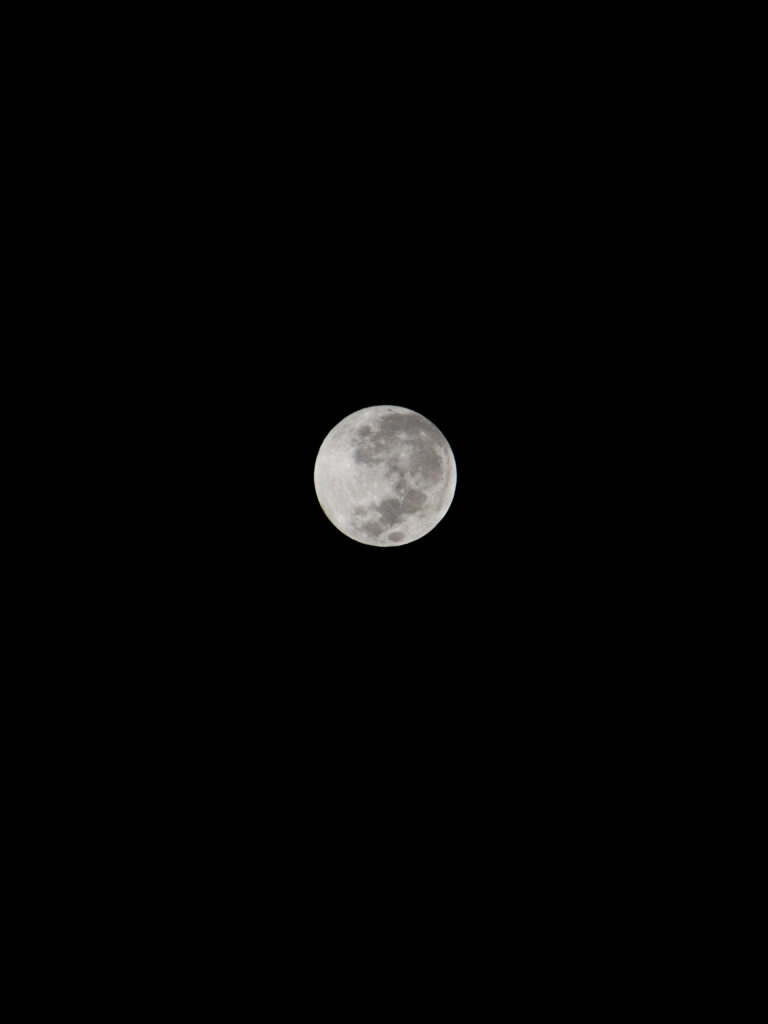
If you’ve ever looked up at the night sky and wondered about all the wonders that lay beyond, you may have found yourself wondering if it’s possible to see galaxies and nebulae with just a home telescope. Well, the answer is a resounding yes! With the right equipment and a little bit of patience, you can embark on a breathtaking journey through the cosmos right from your own backyard. In this article, we’ll explore the possibilities of exploring galaxies and nebulae with a home telescope and discover the wonders that await you in the vast expanse of the universe. So, grab your telescope and get ready to embark on an astronomical adventure!

Factors Affecting Visibility of Galaxies and Nebulae with a Home Telescope
When it comes to observing galaxies and nebulae with a home telescope, several factors can significantly impact the visibility and clarity of these celestial objects. Being aware of these factors and understanding how they affect your viewing experience can help you optimize your telescope’s performance. Let’s explore these factors in detail:
Aperture Size
The aperture size of a telescope is one of the most crucial factors influencing its ability to gather light. The larger the aperture, the more light the telescope can collect, resulting in brighter and more detailed images of galaxies and nebulae. An aperture of at least 6 inches is recommended for observing these faint objects effectively.
Focal Length
Focal length determines the magnification and field of view provided by a telescope. A longer focal length allows for higher magnification, which can be beneficial for observing small details within galaxies and nebulae. However, a longer focal length also narrows down the field of view, making it difficult to capture larger objects in their entirety.
Magnification
While higher magnification can reveal finer details, it’s important to strike a balance. Excessive magnification can make the image dimmer and blurrier, particularly when observing faint objects like galaxies and nebulae. Opt for a moderate level of magnification that allows for both clarity and brightness in your observations.
Light Pollution
Light pollution from nearby cities or streetlights can wash out the faint light emitted by galaxies and nebulae. To combat this issue, it is best to observe from a darker location away from urban areas. Using light pollution filters can also help reduce the impact of artificial light and enhance the visibility of these celestial objects.
Atmospheric Conditions
The Earth’s atmosphere can introduce distortions and turbulence that affect the clarity of your observations. Factors like air temperature, humidity, and wind speed can impact the stability of the atmosphere. Plan your observations on nights with good atmospheric conditions, such as clear and steady skies, to minimize these effects and achieve sharper views of galaxies and nebulae.
Telescope Types Suitable for Observing Galaxies and Nebulae
Now that we understand the factors that influence visibility, let’s explore the types of telescopes that are particularly well-suited for observing galaxies and nebulae:
Reflector Telescopes
Reflector telescopes, also known as Newtonian telescopes, consist of a large primary mirror that reflects light onto a smaller secondary mirror. They are excellent for capturing detailed views of galaxies and nebulae due to their larger apertures, which allow for greater light-gathering capabilities.
Refractor Telescopes
Refractor telescopes utilize lenses instead of mirrors to focus light. They are known for their crisp and high-contrast views, making them a popular choice for observing galaxies and nebulae. While refractors tend to have smaller apertures compared to reflectors, their optical design allows for excellent image quality.
Compound Telescopes
Compound telescopes, such as Schmidt-Cassegrain and Maksutov-Cassegrain, combine both lenses and mirrors in their optical system. These telescopes offer a good balance between aperture size, compactness, and versatility, making them suitable for observing galaxies and nebulae.
Dobsonian Telescopes
Dobsonian telescopes are a type of reflector telescope mounted on a simple and stable base, known as a Dobsonian mount. They are renowned for their large apertures at affordable prices, making them an excellent choice for capturing detailed views of galaxies and nebulae without breaking the bank.
Recommended Specifications for Observing Galaxies and Nebulae
To ensure the best possible viewing experience for galaxies and nebulae, it is advisable to consider the following specifications when choosing a telescope:
Aperture Size of at least 6 inches
As mentioned earlier, a larger aperture facilitates better light gathering and thus provides brighter and more detailed images of galaxies and nebulae. A telescope with an aperture size of at least 6 inches is recommended for these observations.
Focal Length of around 800mm to 1200mm
A moderate focal length allows for a good balance between magnification and field of view. Aim for a focal length in the range of 800mm to 1200mm to capture both the fine details within galaxies and nebulae and the broader context of these celestial objects.
Low Focal Ratio
A low focal ratio, also known as a fast telescope, indicates a wider aperture in relationship to the focal length. Telescopes with lower focal ratios (f/4 to f/6) gather more light and provide better images of faint objects like galaxies and nebulae.
Good Optics and Mounting
Investing in a telescope with quality optics is crucial for achieving sharp and clear views of galaxies and nebulae. Look for telescopes with reputable brands and positive user reviews. Additionally, a sturdy and stable mounting system is essential to minimize vibrations and ensure steadiness during observations.
Galaxies
Galaxies are vast systems of stars, gas, and dust bound together by gravity. They come in various shapes and sizes, each offering its own unique visual characteristics. Let’s explore some of the well-known galaxies worth observing:
Andromeda Galaxy
The Andromeda Galaxy, also known as Messier 31 or M31, is one of the closest spiral galaxies to our Milky Way. Located approximately 2.5 million light-years away, it is a stunning sight in the night sky. With a diameter of around 220,000 light-years, the Andromeda Galaxy spans across an impressive portion of the sky.
Whirlpool Galaxy
The Whirlpool Galaxy, designated as Messier 51 or M51, is an iconic spiral galaxy located approximately 23 million light-years away. What makes this galaxy particularly fascinating is its interaction with a smaller companion galaxy called NGC 5195. This interaction has sparked intense star formation, creating intricate structures within the Whirlpool Galaxy.
Pinwheel Galaxy
As the name suggests, the Pinwheel Galaxy, also known as Messier 101 or M101, showcases stunning spiral arms reminiscent of a pinwheel. Located around 21 million light-years away, this galaxy offers a beautiful view with its intricate spiral structure filled with young, hot stars.
Sombrero Galaxy
The Sombrero Galaxy, designated as Messier 104 or M104, is a unique galaxy known for its distinctive shape. From our vantage point, it appears like a wide-rimmed hat or a sombrero, hence the name. Located approximately 29 million light-years away, the Sombrero Galaxy presents an incredible opportunity for observation.
Bode’s Galaxy
Bode’s Galaxy, also known as Messier 81 or M81, is a grand spiral galaxy located about 12 million light-years away. It is paired with a smaller galaxy, Messier 82 or M82, which is undergoing a dramatic burst of star formation. These two galaxies create a visually striking duo within the same field of view.

Nebulae
Nebulae are vast clouds of gas and dust that often serve as stellar nurseries, where new stars are born. Their intricate structures and vibrant colors make them captivating subjects for observation. Here are some notable nebulae worth exploring:
Orion Nebula
The Orion Nebula, also known as Messier 42 or M42, is one of the brightest and most famous nebulae in the night sky. Located within the Orion constellation, it is easily visible to the naked eye. The Orion Nebula’s stunning blend of glowing gas, dark dust lanes, and young stars makes it a favorite among astronomers and stargazers.
Eagle Nebula
The Eagle Nebula, also designated as Messier 16 or M16, gained significant attention with the iconic image captured by the Hubble Space Telescope known as the “Pillars of Creation.” Located approximately 7,000 light-years away, this nebula showcases intricate columns of gas and dust, where new stars are being born.
Ring Nebula
The Ring Nebula, designated as Messier 57 or M57, is a planetary nebula located about 2,000 light-years away in the constellation of Lyra. Its distinct donut-like shape earned it the nickname “Ring Nebula.” Observing this nebula reveals its central white dwarf star surrounded by a vibrant ring of gas.
Crab Nebula
The Crab Nebula, cataloged as Messier 1 or M1, is the remnant of a supernova explosion that occurred in the year 1054. Situated around 6,500 light-years away in the constellation Taurus, this nebula is a fascinating subject for observation due to its intricate filamentary structure and pulsar at its center.
Horsehead Nebula
The Horsehead Nebula, also known as Barnard 33, is a striking dark nebula located in the constellation Orion. Its distinct shape resembles the head of a horse, hence the name. This nebula provides a unique challenge as it requires careful observation and the use of appropriate filters to bring out its dark silhouette against the backdrop of glowing gas.
Photographing Galaxies and Nebulae
Capturing stunning photographs of galaxies and nebulae can be a rewarding endeavor for astrophotographers. With the advancements in technology and the availability of various techniques, it is now more accessible than ever before. Here are some strategies and tools commonly used in astrophotography:
Long Exposure Photography
Long exposure photography involves capturing images over an extended period, ranging from minutes to hours. This technique allows for the accumulation of more light, revealing intricate details within galaxies and nebulae that may not be visible in shorter exposures.
Guided Exposure Photography
Guided exposure photography involves using a specialized mount and software to track the movement of celestial objects as they appear to move across the sky. By compensating for the Earth’s rotation, this technique enables astrophotographers to achieve sharp and precise images of galaxies and nebulae.
Software Assistance
A wide range of software is available to assist astrophotographers in processing and enhancing their images. From stacking multiple exposures to reduce noise to adjusting colors and contrast, these software tools provide flexibility and control in achieving stunning final results.
Accessories for Astrophotography
Astrophotographers often utilize various accessories to enhance their imaging capabilities. These may include remote shutter releases, light pollution filters, focal reducers, and field flatteners. Each accessory serves a specific purpose in optimizing image quality and overcoming common challenges encountered in astrophotography.

Challenges in Observing Galaxies and Nebulae
Observing galaxies and nebulae presents several challenges due to their unique characteristics and the limitations of telescopes and observing conditions. Here are some common challenges encountered when observing these celestial objects:
Nebulae’s Low Surface Brightness
Many nebulae have low surface brightness, meaning they emit very faint light and can be challenging to detect and observe. The faintness of these objects requires larger apertures and suitable observing conditions to capture their delicate details.
Galaxies’ Distance and Faintness
Galaxies are incredibly vast and located at massive distances from Earth. This vast distance, coupled with their relatively low brightness, poses a challenge in observing their intricate structures and details. Adequate aperture size, good atmospheric conditions, and patience are necessary to make the most of these distant galaxies.
Motion Blur
The Earth’s rotation causes celestial objects to appear to move across the sky, leading to motion blur in images and observations. Guided tracking or shorter exposure times can help minimize motion blur and retain sharpness in your views of galaxies and nebulae.
Aligning Telescope Properly
Properly aligning your telescope to the night sky is crucial for accurately locating and tracking galaxies and nebulae. Misalignment can result in frustration and difficulty in finding the specific objects you wish to observe. Take the time to familiarize yourself with the alignment process for your specific telescope and utilize alignment aids or smartphone apps for assistance.
Tips for Better Viewing Experience
To enhance your experience in observing galaxies and nebulae, consider the following tips:
Choose a Dark Location
Observing from a dark location away from light pollution is key to maximizing visibility. Seek out areas with minimal artificial light to truly appreciate the faint structures and colors present within galaxies and nebulae.
Use Appropriate Filters
Light pollution filters can help decrease the impact of artificial lighting, making the skies appear darker and enhancing the contrast of galaxies and nebulae. Additionally, specialized nebula filters, such as hydrogen-alpha or OIII filters, can enhance specific emission lines emitted by nebulae, revealing more intricate details.
Observe During Optimal Viewing Times
Different galaxies and nebulae may be best observed during specific times of the year when they are in favorable positions in the night sky. Research the best times to observe your desired objects and plan your observations accordingly.
Allow Time for Dark Adaptation
Our eyes take time to adapt to the darkness, gradually becoming more sensitive to faint light. Allow at least 20-30 minutes for your eyes to fully adapt to the darkness before observing galaxies and nebulae to maximize your ability to perceive subtle details.
Use Averted Vision Technique
The averted vision technique involves looking slightly to the side of the object you are observing. This technique can help you better detect faint details in galaxies and nebulae by utilizing the more light-sensitive parts of your retina.
Famous Astrophotographers and Their Work
Throughout history, several astrophotographers have made significant contributions to the field, capturing breathtaking images that inspire and awe. Here are some notable astrophotographers and their notable works:
Hubble Space Telescope
The Hubble Space Telescope revolutionized our understanding of the universe with its visually stunning and scientifically significant images. From close-up views of galaxies to detailed images of nebulae, the Hubble Space Telescope has provided us with a wealth of knowledge and visual wonders.
Andrea Ghez
Andrea Ghez, an astrophysicist and astrophotographer, made history by becoming the fourth woman to win the Nobel Prize in Physics. Her groundbreaking work on observing and proving the existence of a supermassive black hole at the center of our galaxy serves as a testament to her contributions to the field of astrophotography.
Adam Block
Adam Block’s astrophotography captures the beauty and intricacy of galaxies and nebulae with remarkable clarity and detail. His images showcase the vastness and complexity of the universe, inspiring awe and appreciation for the wonders of the cosmos.
David Malin
David Malin, an astrophotographer and scientist, has made significant contributions to astronomical photography. His stunning images of galaxies, nebulae, and other celestial objects not only showcase their aesthetic qualities but also provide valuable scientific insights.
Ian King
Ian King is renowned for his expertise in astrophotography and the development of advanced imaging equipment. His work showcases the incredible detail and color representation of galaxies, nebulae, and other celestial objects, pushing the boundaries of what is possible in capturing the beauty of the universe.
Joining Astronomy Clubs and Communities
Joining astronomy clubs and communities can greatly enhance your enjoyment and learning experience in observing galaxies and nebulae. Here are some benefits of becoming a part of such groups:
Benefits of Joining
Astronomy clubs and communities provide a platform for learning, sharing experiences, and fostering a sense of camaraderie among like-minded individuals. They offer opportunities to engage with fellow astronomy enthusiasts and gain valuable insights into observing techniques, equipment, and upcoming celestial events.
Sharing Experiences and Knowledge
Being part of an astronomy club allows you to share your observations, images, and knowledge with others who have a similar passion for the night sky. It provides a supportive environment to discuss and learn from each other’s experiences, fostering personal growth and expanding your understanding of the universe.
Access to Better Equipment
Many astronomy clubs have equipment-sharing programs, allowing members to access telescopes, cameras, and other astrophotography gear that might be otherwise unaffordable. This opens up new possibilities for observation and experimentation, enabling you to explore galaxies and nebulae with advanced tools.
Participating in Group Observations
Astronomy clubs often organize group observations, where members gather at dark-sky locations to observe celestial objects together. These events not only offer a wonderful opportunity to observe galaxies and nebulae under optimal conditions but also create a sense of community and friendship among participants.
In conclusion, with the right equipment, knowledge, and observing conditions, it is indeed possible to see galaxies and nebulae with a home telescope. By considering the factors that affect visibility, choosing suitable telescope types, and following recommended specifications, you can embark on a rewarding journey of exploring the wonders of the cosmos. Whether you observe these celestial objects visually or capture their beauty through astrophotography, the joy and fascination they evoke are boundless. So, grab your telescope, find a dark location, and let the wonders of the universe unfold before your eyes. Happy stargazing!








